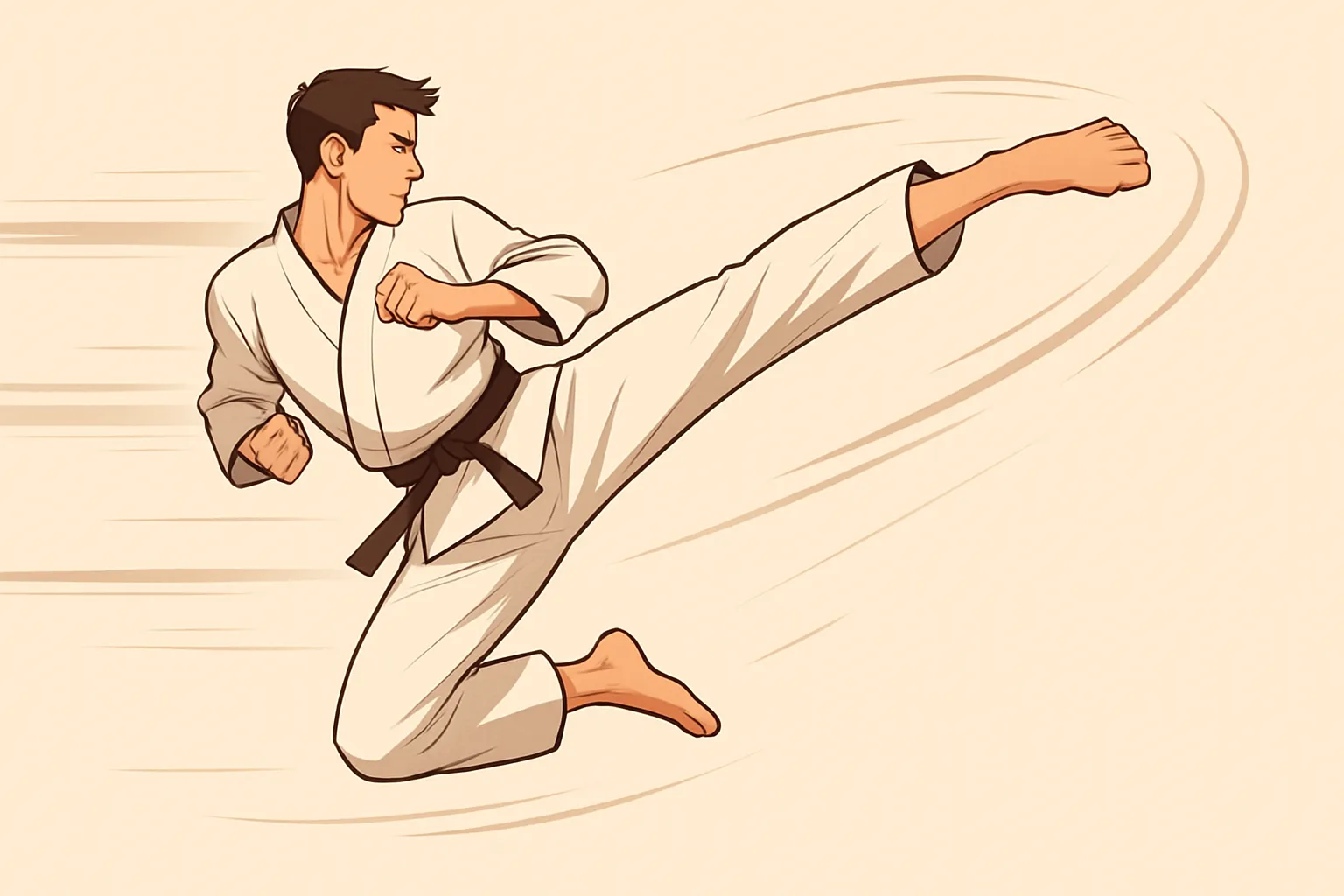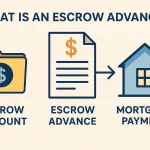Master the Question Mark Kick: Step-by-Step Guide
Question Mark Kick: The Ultimate Guide
The question mark kick is a dynamic, visually striking martial arts move that combines the deception of a fake leg lowering with the speed and power of a high roundhouse kick. By first dropping your knee toward your target-drawing your opponent’s guard down-and then snapping your leg upward in a curved trajectory, you can land a head‐level strike with greater surprise and impact. Whether you’re a Taekwondo practitioner, a tricking enthusiast, or simply looking to add flair to your striking arsenal, mastering the question mark kick will elevate both your technique and your aesthetic presence.
What Is a Question Mark Kick?
A question mark kick starts by mimicking the early motion of a low kick: you chamber your kicking leg with the knee dropping toward the target. At the last moment, you pivot on your supporting foot, snap your chambered leg upward in a circular arc, and strike with the instep or shin at head or temple height. The “question mark” name comes from the path your foot traces – a curved, hook‐like trajectory reminiscent of the punctuation mark. Unlike a straight front kick or standard roundhouse, the question mark kick’s feint element forces opponents to lower their guard before the real strike lands.
Benefits of the Question Mark Kick
- Element of Surprise: The initial downward chamber deceives, making your opponent anticipate a leg or body kick, not a head strike.
- Power & Speed: The pivot and whipping motion generate tremendous rotational force, often exceeding that of a standard high kick.
- Versatility: Effective in both sport sparring and tricking exhibitions, the kick can be modulated for speed, height, or flair.
- Aesthetic Appeal: Its smooth, curved arc is visually impressive, making it a crowd‐pleaser in demonstrations and competitions.
Step-by-Step Technique Breakdown
- Stance & Guard
Begin in a balanced fighting stance, feet shoulder‐width apart, hands up to protect head and torso. - Chamber & Fake
Lift your kicking leg by bending the knee, dropping it briefly as if executing a low kick. Keep your eyes on the target; your torso stays square to avoid telegraphing. - Pivot & Torque
Rotate your supporting foot outward (heel turns up slightly), allowing your hips to open. Drive your chambered knee upward and outward in one fluid motion. - Snap & Strike
At the apex of the chamber, whip your lower leg upward in the curved path, striking with the instep or shin. Aim for a point slightly above your opponent’s expected guard position. - Recovery
Retract your kicking leg quickly along the same curved path and re‐establish your fighting stance, ready to follow up or defend.
Essential Drills for Mastery
| Drill | Description |
|---|---|
| Chamber Holds | Lift and hold your chambered knee for 5-10 seconds to build hip flexor strength and balance. |
| Pivot Practice | Slowly perform the kick’s pivot and chamber, pausing at each stage to engrain proper foot rotation and hip alignment. |
| Slow-Motion Repetitions | Execute the full kick in slow motion, focusing on smooth transitions and maintaining guard. |
| Targeted Height Increments | Place pads at increasing heights-shin, knee, chest, head – and practice landing cleanly on each. |
| Explosive Sets | Do 3-5 sets of 10 fast question mark kicks, resting 60 seconds between sets to develop power and speed endurance. |
Common Mistakes and How to Fix Them
- Telegraphing the Kick: Dropping your shoulder or turning your head gives the game away.
Fix: Keep your upper body square; focus your fake entirely in the hips and leg. - Insufficient Pivot: Failing to rotate the supporting foot limits hip engagement and kills power.
Fix: Drill foot pivots separately until you can rotate 90+ degrees smoothly. - Flat Arc Path: Kicking too straight forward reduces the deceptive curve.
Fix: Visualize tracing a question mark; practice slow arcs before speeding up. - Poor Recovery: Leaving your leg extended too long leaves you vulnerable.
Fix: Emphasize rapid snap-back in drills; use a metronome or count to accelerate rebound.
Advanced Variations
- Switch Question Mark: Start on your lead leg, switch stance mid-air, then perform the question mark with your opposite leg.
- 360 Question Mark: Incorporate a full 360° spin before executing the kick for show-stopping flair.
- Double Question Mark: After the first arc, let the leg drop briefly again and immediately snap up for a second strike.
- Aerial Question Mark: For seasoned trickers – add a jump from your support leg, executing the kick in mid-air.
Conclusion and Next Steps
Mastering the question mark kick takes patient, focused practice. Begin by ingraining the chamber, pivot, and curved trajectory through slow drills. Gradually build speed, height, and power while maintaining proper form. Once comfortable, layer in advanced variations to diversify your arsenal and keep opponents guessing. Track your progress with video analysis, solicit feedback from coaches, and refine any sticking points. With dedication to technique and consistent drilling, you’ll soon land this deceptive high kick with both precision and panache.
FAQ
What muscles does the question mark kick primarily target?
The kick works your hip flexors, quadriceps, glutes, and core-especially because of the chamber and rapid hip rotation.
How long does it typically take to learn the question mark kick?
Beginners with good flexibility can expect to land a basic version in 4-6 weeks of focused practice, while mastery (speed, height, power) may take 3-6 months.
Is it safe for beginners?
Yes – start with slow-motion drills and low target heights to build strength and coordination before increasing speed and height.
Can I practice the question mark kick without a partner?
Absolutely. Use a heavy bag or pad target at adjustable heights, and train in front of a mirror or record yourself for form feedback.




